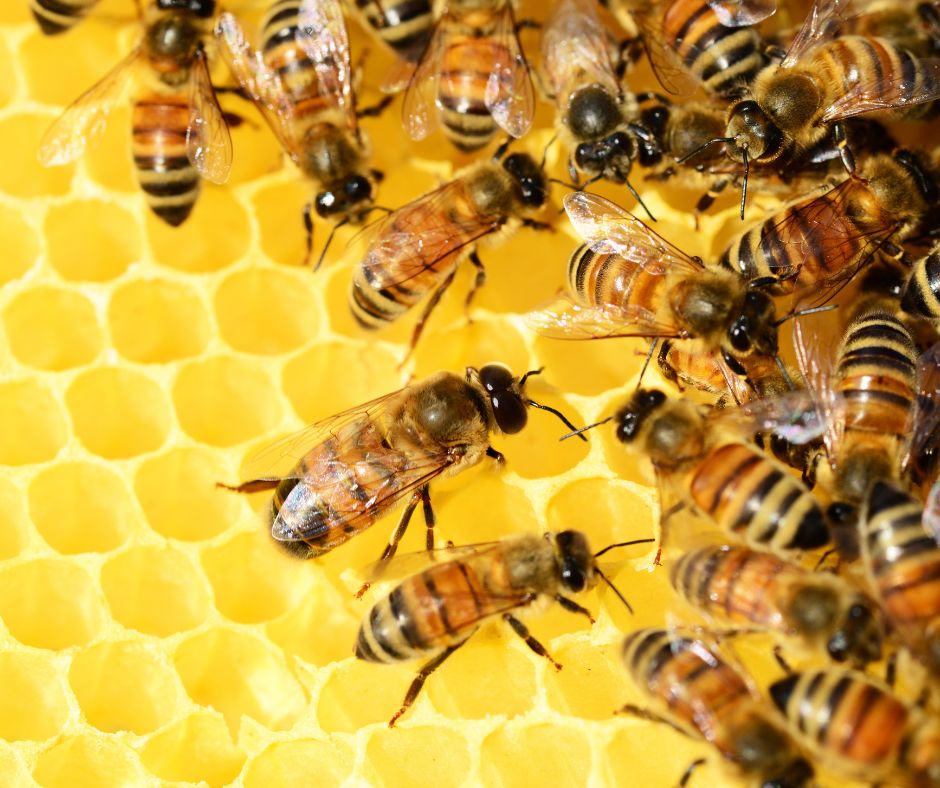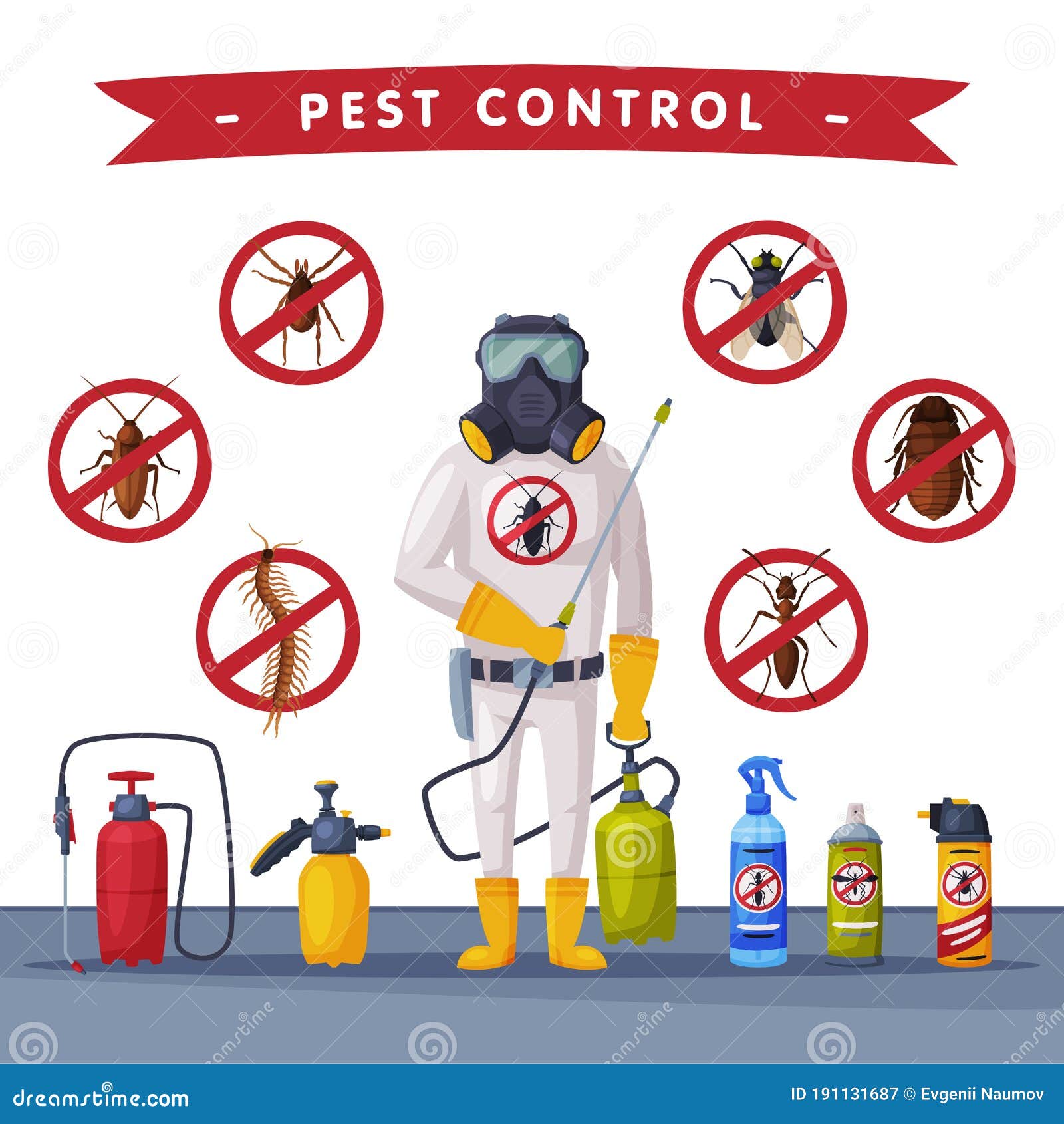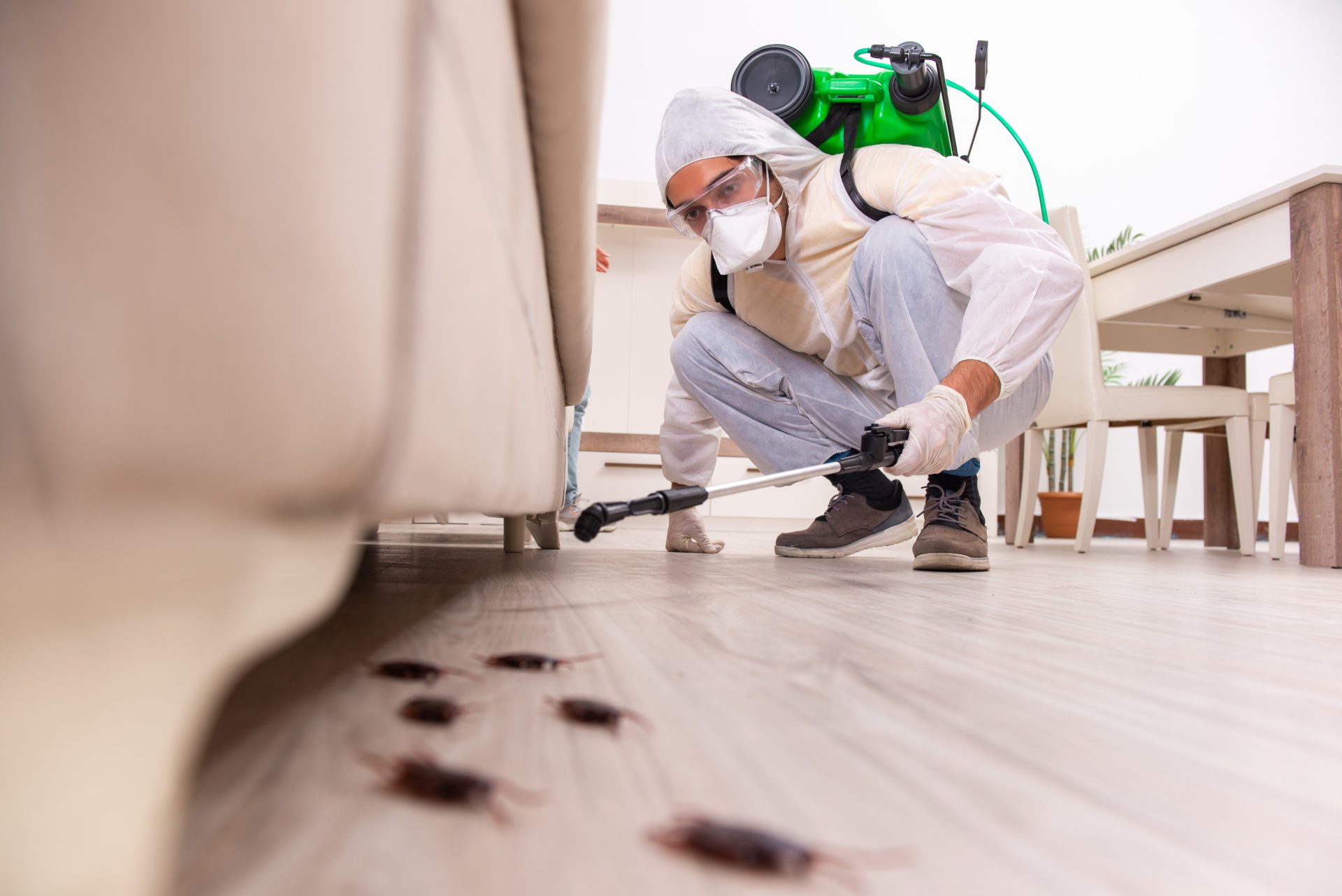Comprehensive Guide to Comprehending Parasite Control Approaches and Their Treatment
Understanding insect control methods is vital for effective monitoring of undesirable organisms that pose dangers to health and wellness, farming, and residential or commercial property. This detailed overview will certainly discover various approaches, including chemical options, organic techniques, and mechanical strategies, all under the umbrella of Integrated Pest Management (IPM) As we examine these methods, it comes to be increasingly clear that the choice of approach can significantly influence both human rate of interests and eco-friendly equilibrium. What aspects should be considered when selecting the proper bug control method for a certain circumstance? The solution might result in even more lasting practices than one may originally assume.
Summary of Insect Control Methods
Bug control methods incorporate a variety of techniques made to handle and remove unwanted microorganisms that can damage human wellness, farming, and residential or commercial property. Effective insect administration is essential for keeping the honesty of environments and making certain the security of food supplies. These methods can be generally categorized into three key approaches: social, mechanical, and biological controls.

Social control entails customizing farming methods or environmental conditions to reduce pest establishment and recreation. Mechanical control depends on physical obstacles or tools to protect against bug gain access to or directly eliminate them.
Organic control uses natural killers, bloodsuckers, or microorganisms to manage pest populations. This method stresses eco-friendly balance and can consist of introducing advantageous insects, such as ladybugs or predatory nematodes, to take care of parasite presence.
Integrated parasite administration (IPM) combines these strategies, utilizing a holistic approach that highlights prevention, tracking, and responsible monitoring. By utilizing a blend of these approaches, bug control can be much more lasting and efficient, minimizing dependence on chemical treatments while protecting human health and the setting.

Chemical Insect Control Solutions
A variety of chemical pest control services are readily available, offering efficient alternatives for managing bug populaces when other techniques might fail. These solutions largely consist of insecticides, herbicides, fungicides, and rodenticides, each designed to target details parasites while lessening injury to non-target organisms.
Insecticides are specifically effective against a series of pests, consisting of ants, roaches, and termites, and can be classified as call or systemic representatives. Call insecticides eliminate parasites on get in touch with, while systemic insecticides are soaked up by plants, making them harmful to pests that eat them. Herbicides are made use of to control unwanted greenery, whereas fungicides are essential for handling fungal diseases that can harm crops and decorative plants.
Rodenticides, developed for rodent control, are readily available in numerous formulations, including lures and tracking powders. It is critical to comply with label guidelines diligently to make sure safety and efficacy. Furthermore, incorporated pest management (IPM) concepts must be used, combining chemical solutions with cultural, mechanical, and organic approaches for sustainable parasite control. This holistic technique not only enhances pest monitoring efficiency yet also lowers prospective ecological impacts connected with chemical use.
Biological Bug Control Methods
Biological parasite control methods offer an eco friendly alternative to chemical approaches by utilizing natural predators, bloodsuckers, or microorganisms to take care of parasite populations. This strategy leverages the environmental relationships in between organisms, advertising a balanced ecosystem while lessening chemical deposit in the setting.
One of the most common biological control methods involves the introduction of natural opponents. As an example, ladybugs are utilized to regulate aphid populaces, while parasitical wasps can target caterpillars and other pests. These natural killers successfully lower pest numbers without damaging advantageous pests.
In addition, microbial representatives such as germs, fungi, and infections are made use of to contaminate and kill details bugs. Bacillus thuringiensis (Bt), Read Full Report a normally occurring bacterium, is commonly made use of to manage caterpillars and other larvae, showcasing the effectiveness of microbial insect control.

Physical and Mechanical Approaches
Regularly utilized in integrated insect management techniques, physical and mechanical methods offer as efficient tools for controlling pest populaces without making use of chemicals. These techniques depend on physical obstacles, catches, and other mechanical devices to protect against or remove insects, making them eco-friendly options.
Physical approaches consist of the usage of obstacles such as insect netting, displays, or row covers that physically obstruct pests from accessing plants. This is especially helpful in farming settings where plant protection is necessary. Additionally, environment control, such as getting rid of debris and standing water, can minimize parasite breeding websites, thereby lessening problems.
Mechanical methods include catches, which can be developed to record specific pests. Sticky traps and pheromone traps prevail instances that draw and preserve pests, assisting in monitoring and control. Vacuuming is an additional mechanical approach, effective for eliminating bugs from interior settings, specifically in situations of invasions.
Preventative Parasite Monitoring Strategies
Efficient preventative insect monitoring approaches are necessary for keeping healthy and balanced settings and lessening pest-related concerns prior to they occur (Pest Control in Port Charlotte, FL). These strategies concentrate on aggressive steps that reduce the likelihood of pest infestations by dealing with the origin

One more essential strategy includes proper landscape design methods (Pest Control in Port Charlotte, FL). Keeping greenery cut and away from structures can reduce harborage locations for bugs. Similarly, implementing integrated pest administration (IPM) strategies that include monitoring bug populaces and employing biological controls can cultivate a well balanced ecosystem that normally suppresses pest numbers.
Education and training for staff and homeowners on identifying very early signs of parasite task are also essential components of an effective preventative program. By fostering an atmosphere of recognition and vigilance, organizations and house owners can substantially improve their bug management efforts and secure their rooms versus future infestations.
Final Thought
Finally, reliable pest control requires a multifaceted method that incorporates chemical, organic, and mechanical methods. Utilizing an Integrated Insect Administration (IPM) framework enables for the sustainable monitoring of insects while lessening eco-friendly effect. Preventative methods additionally more helpful hints improve the efficiency of these methods, guaranteeing long-term defense of wellness, farming, and residential property. Ultimately, a complete understanding of these diverse insect control techniques is important for achieving successful outcomes in parasite monitoring efforts.